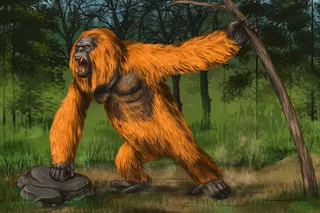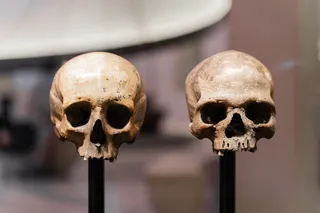Fascia, the fibrous connective tissue that literally holds the body together, is one of the unsung heroes of human anatomy. The stringy, white substance – which is basically sheets of connective tissue held together with collagen – cinches together your muscles and organs so they can act as a unified whole.
On the palms of your hands, fascia has an important job, which is to create a rugged surface suitable for gripping. Without it, skin would slide around over bones, muscles and blood vessels, making it difficult, if not painful, to hold onto anything.
The palmar fascia enables an important part of human life, but it can limit life, as well. In the case of Dupuytren’s disease, the fascia slowly thickens and contracts, forming nodules and eventually cords of tissue that pull the fingers inward, trapping them. And in a recent scientific study, we may now know where the disease ...














